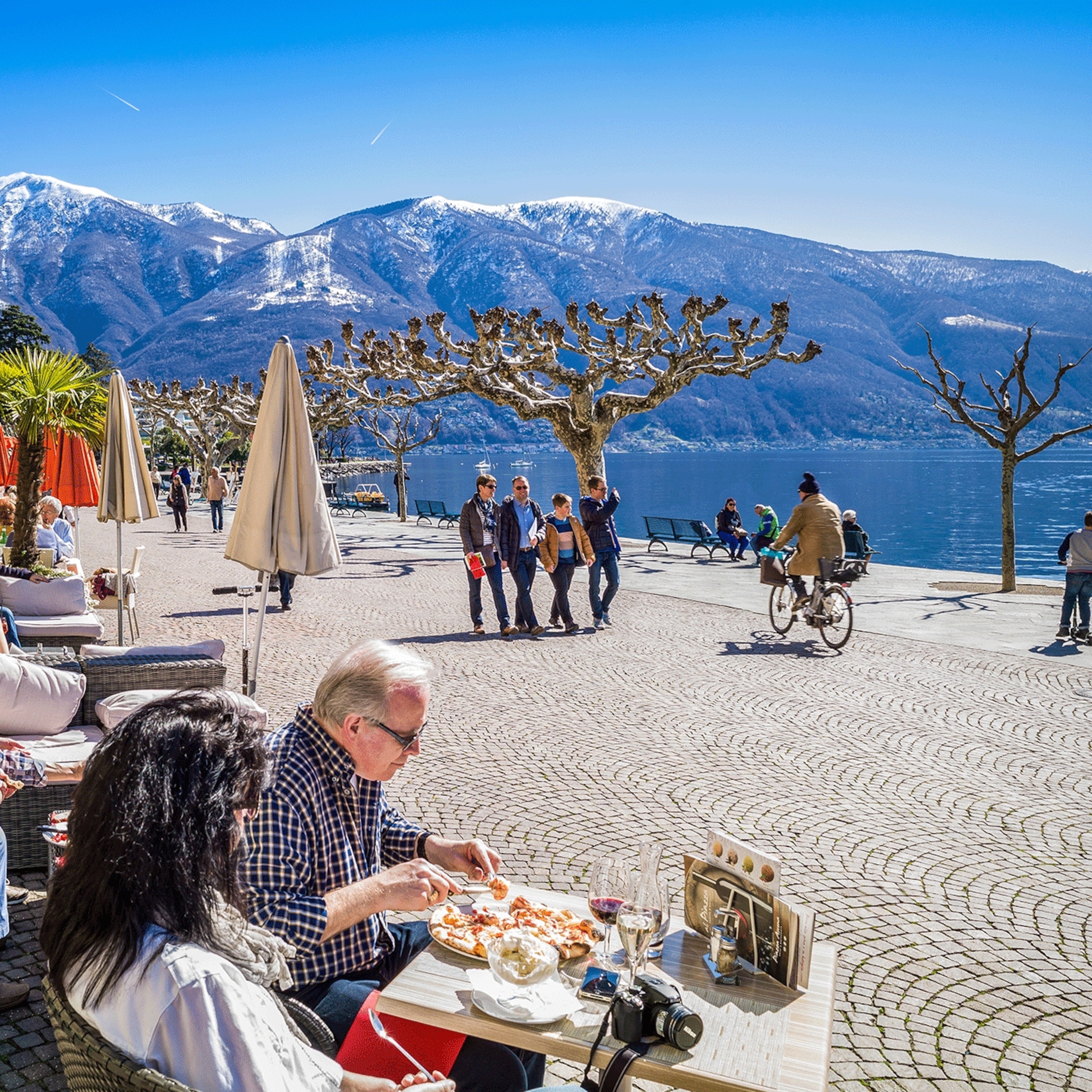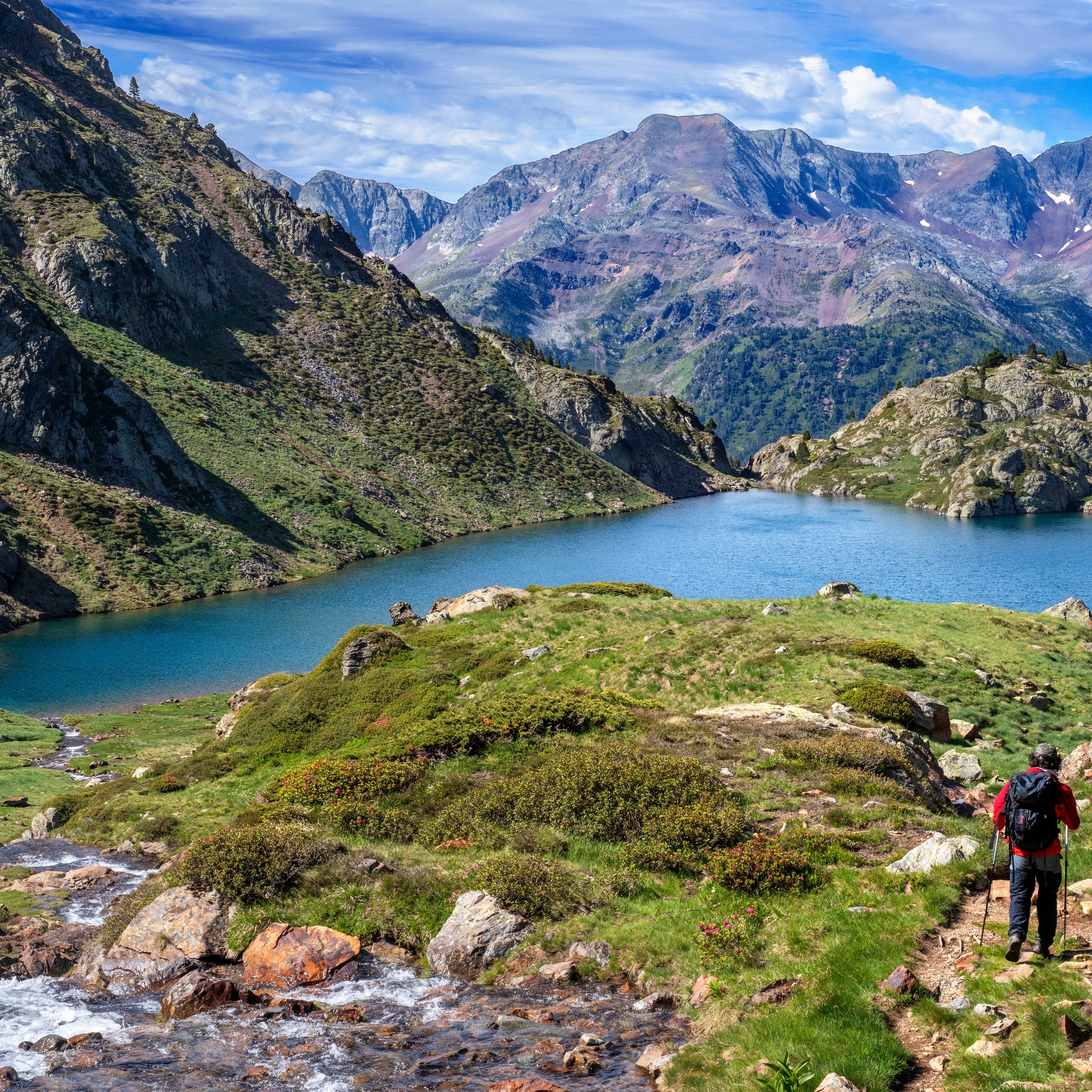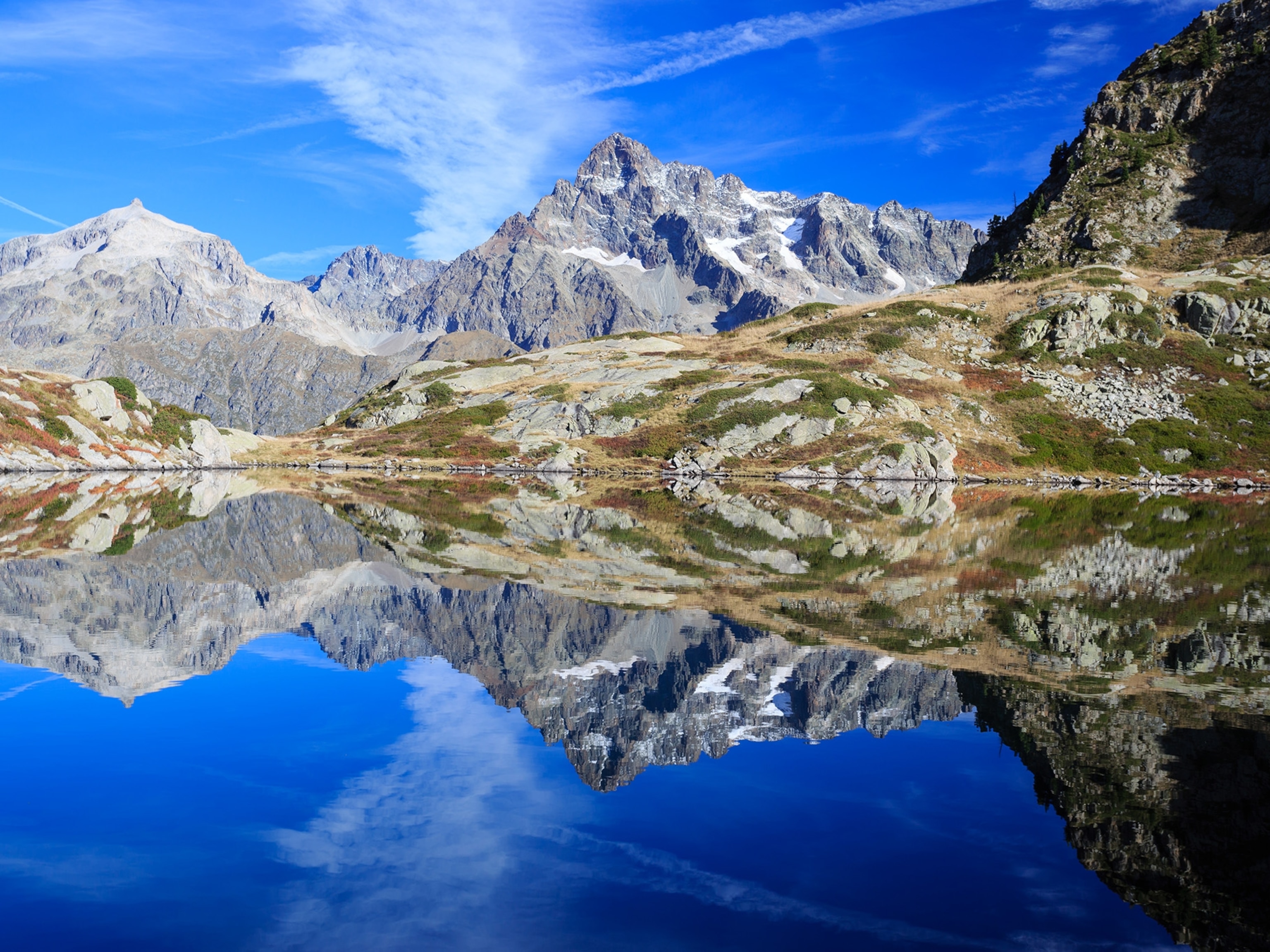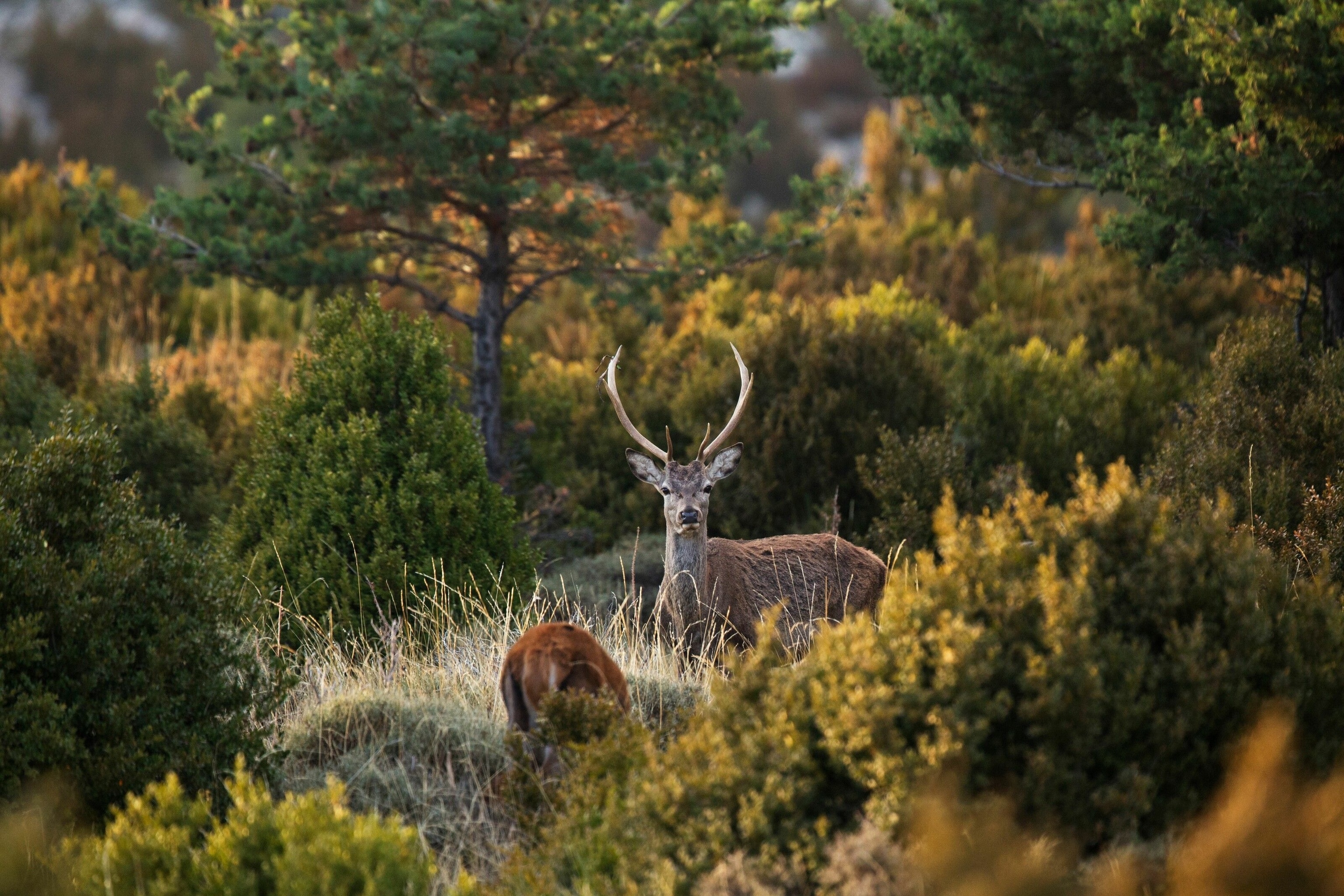
Exploring the natural parks of the Catalan Pyrenees, the region's best-kept secret
Catalonia may be famous for its cities and coastline, but in-the-know nature lovers have long enjoyed the region’s hidden gems: wild and serene natural parks. Rutes Pirineus mountain guide Anna Fonoyet reveals her insider tips for the six protected areas.
Catalonia is home to a plethora of vast, wild spaces. Aigüestortes i Estany de Sant Maurici National Park is the obvious place to start. Why? The region's only national park is an enticing proposition for lovers of the outdoors. There are glacial lakes, thundering waterfalls and streams trickling down forested peaks. During spring, pastures bloom with wildflowers and hikers can clamber up the many crests that top out at almost 10,000ft, including Montardo, Peguera, Comaloforno or Besiberri Massif, keeping watch for marmots, chamois and wood grouse. Once Aigüestortes has been ticked off the list, here are six more natural parks that are well worth a visit.
1. Parc Natural de l’Alt Pirineu
With soaring peaks and plunging valleys, this is Catalonia’s largest natural park. Highlights include Lake Certascan and the 10,312ft-high Pica d’Estats mountain, the highest in Catalonia.
Best viewpoint: Mirador de la Pica d’Estats, near the small mountain town of Àreu, has amazing views of Pica d’Estats.
Best cycling trail: The 135-mile Pedales de Fuego route is relatively straightforward and takes between three and five days, running from the mouth of the wild Noguera Pallaresa river. You’ll pass lakes, valleys and mountain hamlets with traditional stone houses, as well as fields of grazing sheep and cows. The route also takes you around the edges of Catalonia’s only national park, Aigüestortes i Estany de Sant Maurici.
Best hike: The circular route around the Lagos de Romedo skirts valleys and spectacular glaciers where a mix of red, grey and black rock formations lie ahead of you on the horizon.
On the water: Rafting on the Noguera Pallaresa river, sliding down rapids past glaciers and abandoned villages. It’s mellow and safe, even for kids, as its flow is controlled by a hydro-electric plant.
2. Parc Natural del Cadí-Moixeró
Amid the Cadí and Moixeró mountain ranges, this rugged park sits close to the border with Andorra and is renowned for its biodiversity, comprising deciduous forests, sprawling tangles of rhododendron and juniper, and prehistoric rock formations.
Best viewpoint: The summit of the 7,467ft-high Penyes Altes del Moixeró mountain.
Best cycling trail: The 52-mile Cavalls del Vent circular route, connecting eight mountain huts through Mediterranean forests and meadows, and winding along mountain paths. It’s also a fantastic walk for hikers over five to seven days.
Best hike: The Prat de Cadí (4.9 miles) running from the village of Estana on the northern face of the Cadí mountain range, passing through fields filled with orchids, rare butterflies and birds.
On the water: Hike to the park’s small waterfalls, such as Dou del Bastareny or Bullidor de la Llet. Arrive during spring or autumn, to coincide with the thaw or wettest months, to see them at their most spectacular.
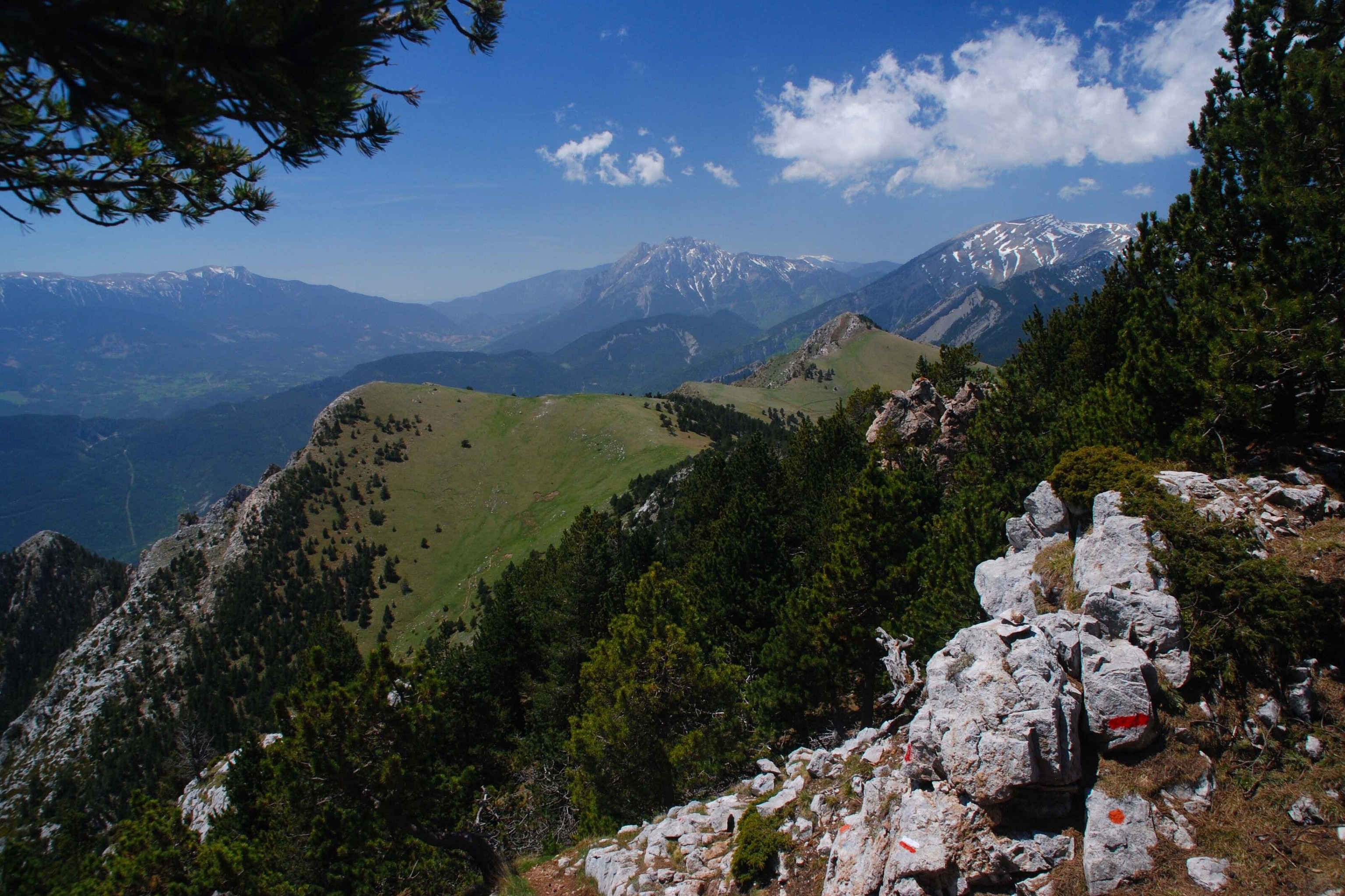
3. Parc Natural de les Capçaleres del Ter i el Freser
It’s not often you can see the Mediterranean from the top of a mountain, but you can from the 10,000ft-high peaks of the Parc Natural de les Capçaleres del Ter i del Freser. This park also takes in both the spectacular Núria Valley and the family-friendly Vallter 2000 ski resort.
Best viewpoint: From the summit of Puigmal mountain (9,547ft).
Best cycling trails: The 14-mile road-bike ascent from Camprodon to the Ulldeter mountain hostel passes through wonderful high-mountain scenery, from black and red pine forests to mountain villages including Llanars and Setcases, as well as the peaks at Vallter 2000 and Pico de la Dona.
Best hike: The 7.2-mile crossing from Ulldeter to Núria is a circular mountain trek along a spectacular ridge and through alpine meadows with incredible views in every direction.
On the water: Canyoning along the cold waters of the Barranc de Núria river is exhilarating and includes at least 15 waterfalls.
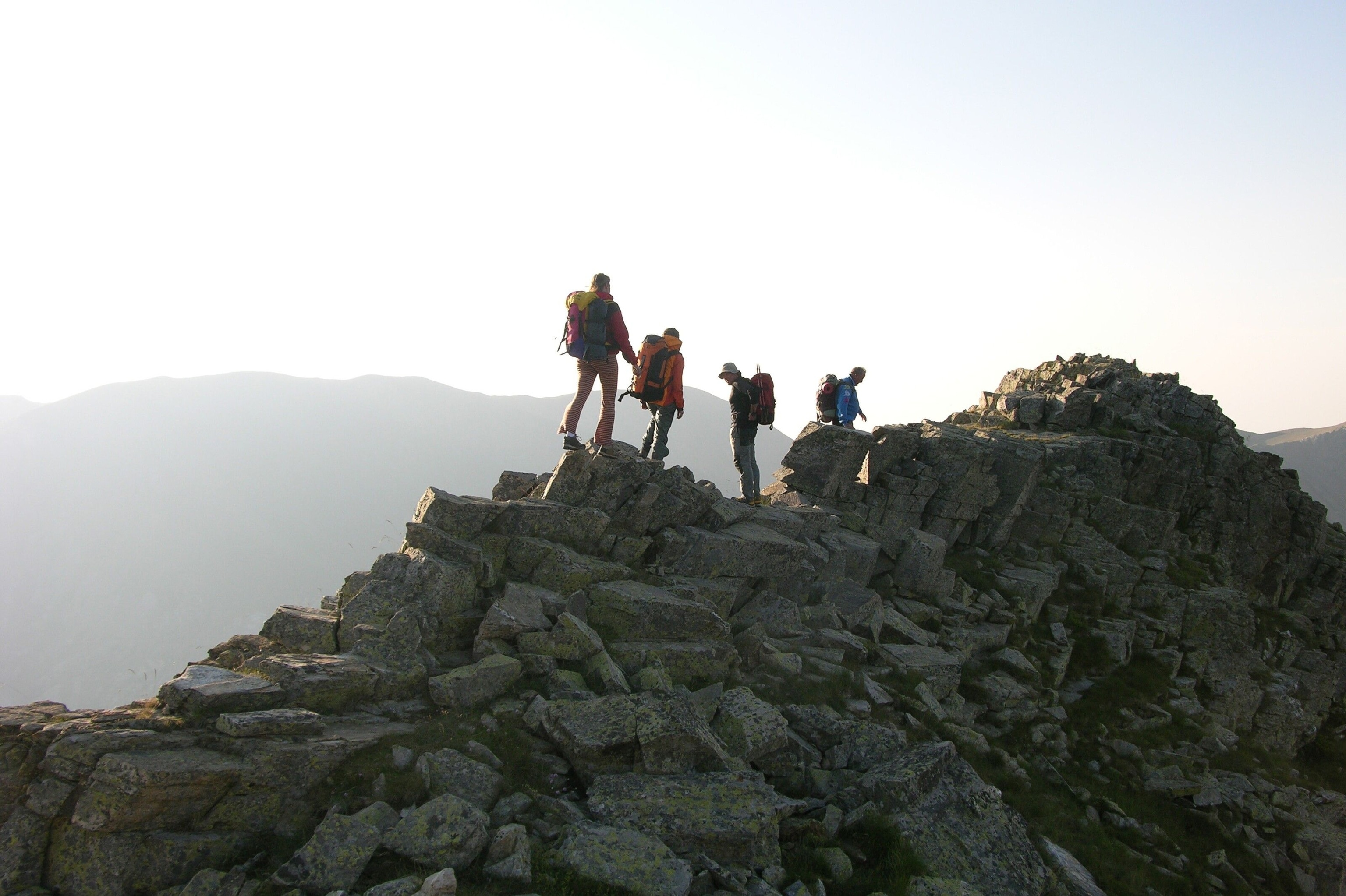
4. Parc Natural de la Zona Volcànica de la Garrotxa
Featuring some of Catalonia’s most extraordinary scenery, La Garrotxa also includes almost 40 volcanic craters, as well as lush valleys and beech forests.
Best viewpoint: From the crater of the Santa Margarida volcano — with its Romanesque hermitage — and from the side of the Croscat volcano.
Best cycling trail: Look out for the signposted ‘Itinerànnia’ routes — an established network of trails across Ripollès, la Garrotxa and l'Alt Empordà, designed to lead cyclists and hikers to some of the key sites in the three regions.
Best hike: There are several easy trails crisscrossing La Fageda d’en Jordà, where hikers walk in the shadow of beech trees. It’s especially mesmerising during autumn.
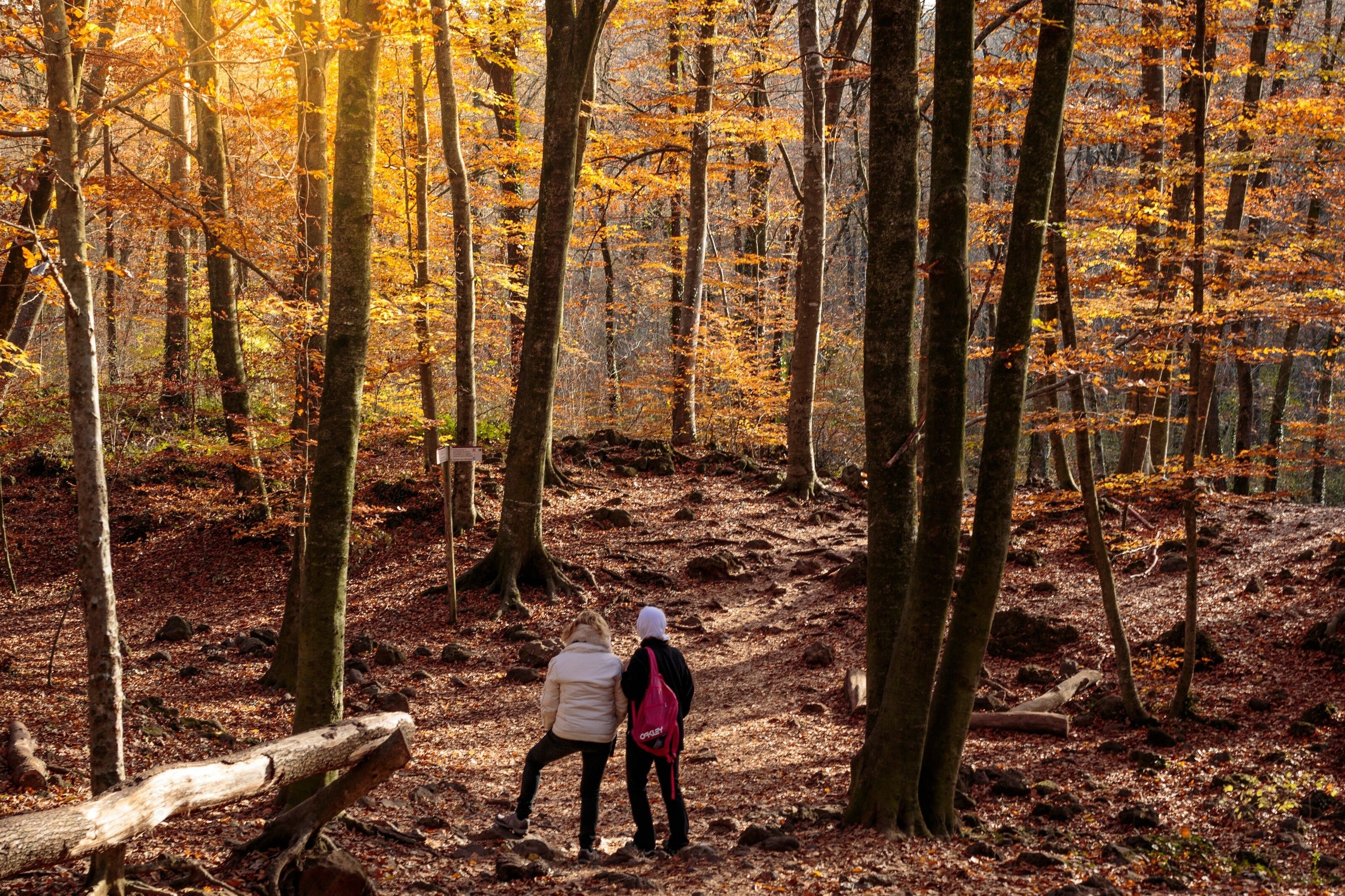
5. Parc Natural del Cap de Creus
With its surreal boulders and spectacular location on the edge of the Mediterranean, this is another of Catalonia’s most outstanding and singular landscapes.
Best viewpoint: From the wind-sculpted Paraje de Tudela, with its surreal rock formations.
Best cycling trail: The challenging 4.1-mile ascent along the road from the sea to the hilltop Sant Pere de Rodes monastery is thrilling and has skyscraping views.
Best hike: The Camino Antiguo from Cadaqués to Cap de Creus (9.2 miles), through orchards of thyme, sage and olive trees, dipping towards coves for a cooling paddle in the shallows, and onwards to the lighthouse of Cap de Creus — the most easterly point of the Iberian peninsula.
On the water: Sea kayaking along the park’s coastline with its famously strange geological formations.
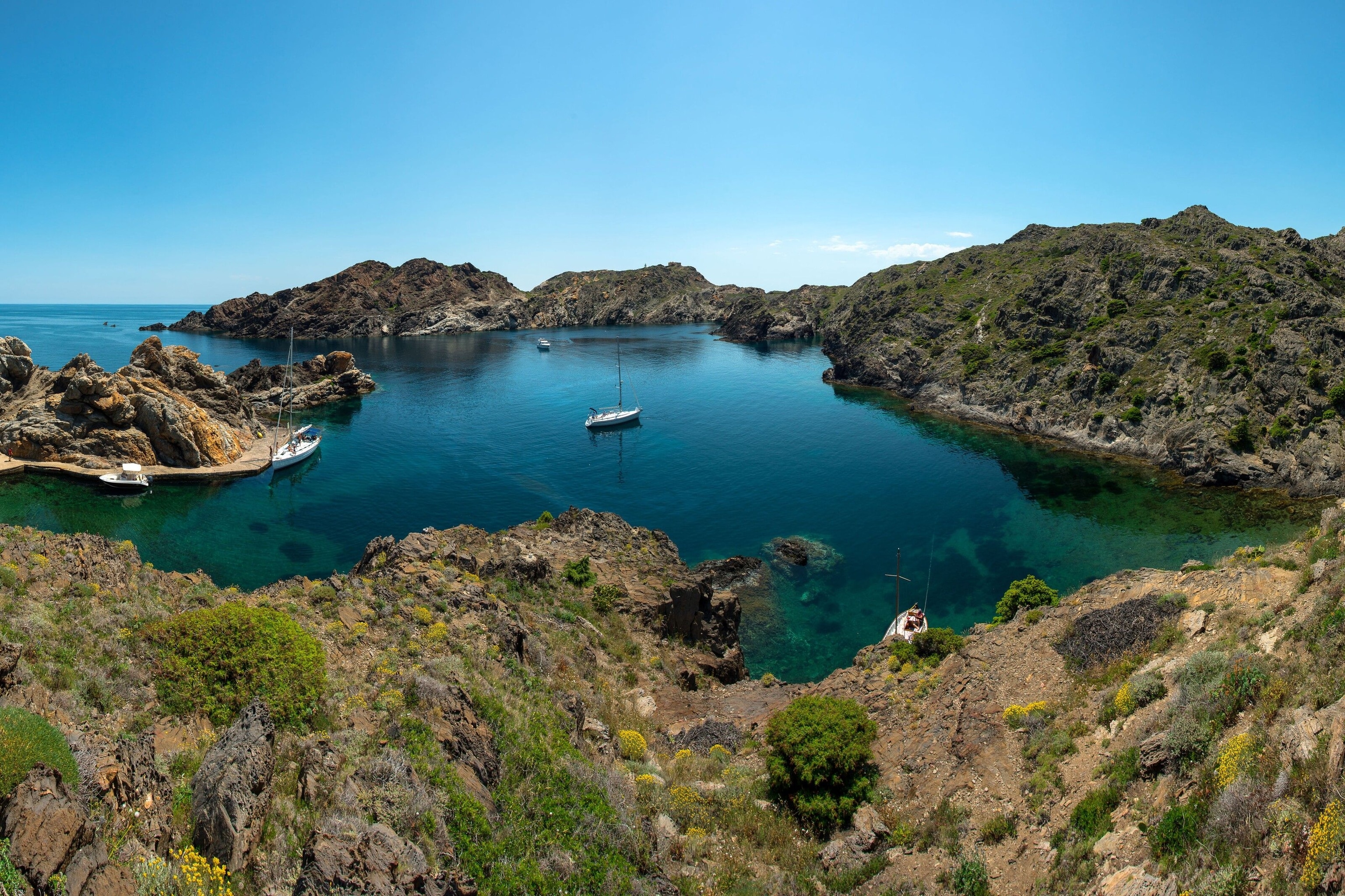
6. Parc Natural Aiguamolls de l’Empordà
Aiguamolls is home to a plethora of wildlife. This is where you'll find golden eagles circling on high and herons gazing over freshwater lagoons and marshes, as well as mudflats and flooded fields, beach dunes, dykes, dry stony heathlands and vast pastures.
Best viewpoint: From the beach and the mouth of the River Muga as it pours into the Gulf of Roses.
Best cycling trail: The park has a designated cycling route, taking riders closer to the marshes, the freshwater ponds, rice fields and reed beds, home to about 300 species of birds.
Best hike: The Reserva Integral de les Llaunes route: an easy, 5.1-mile circular walk, taking in rice fields, lakes and salt flats, where flamingos stalk the shallows. Note: this route is closed from 1 April to 30 June, when birds nest in the sands.
On the water: The park spills onto virgin beaches with rough-and-tumble surf, which are popular spots for windsurfing and kitesurfing.
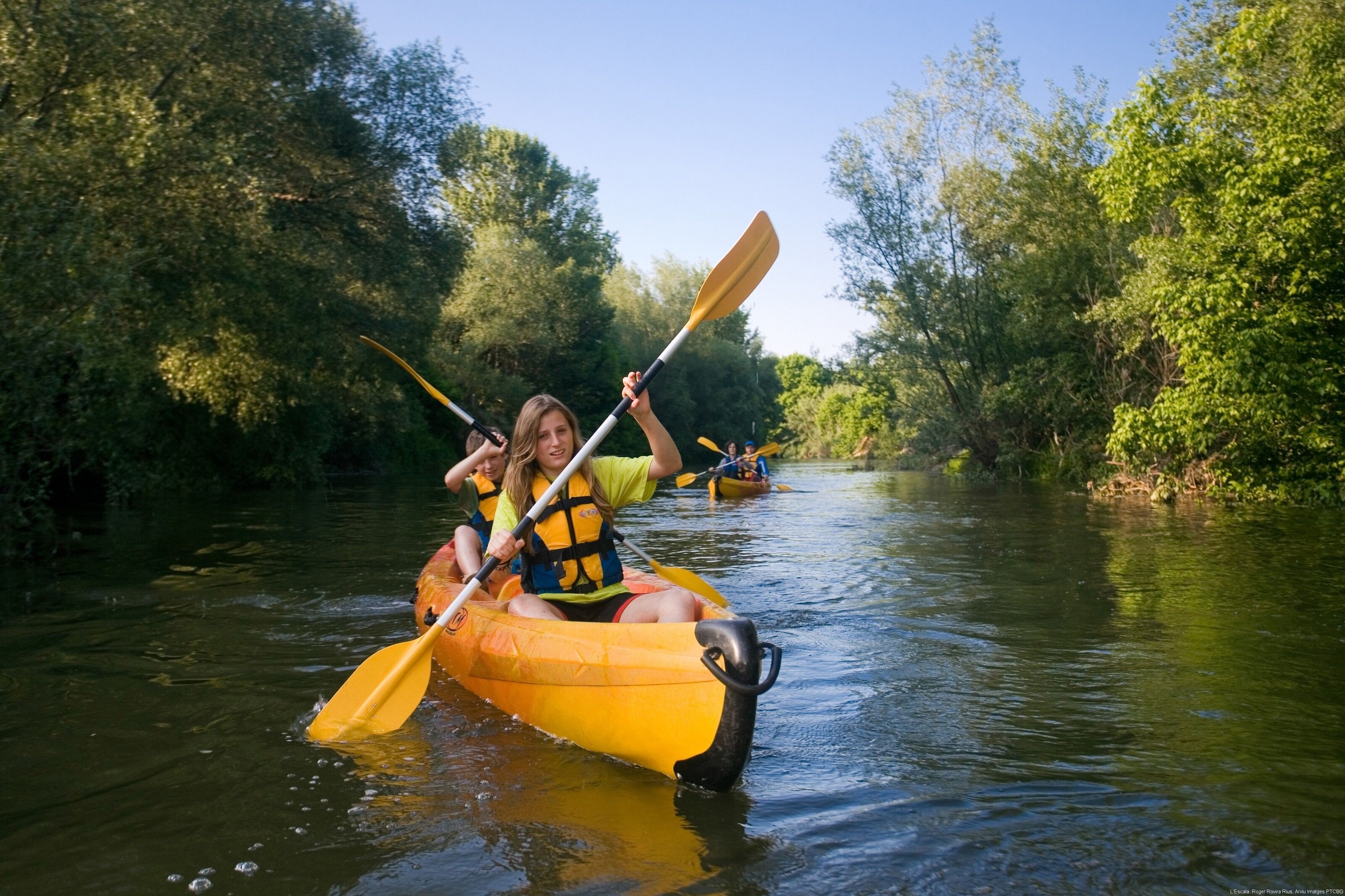
For more information, head to visitpirineus.com
Follow National Geographic Traveller on social media
